Published: 16:00 Wednesday - November 16, 2016
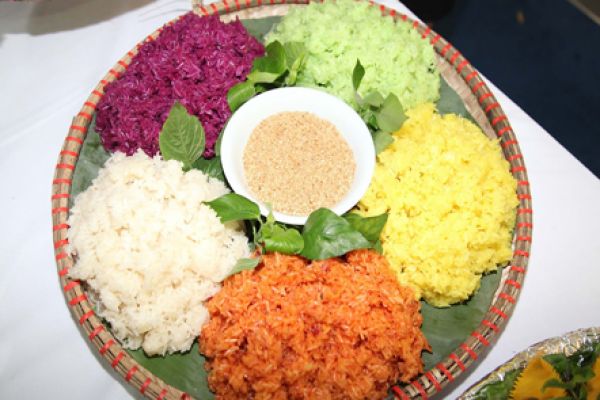
If rice is Viet Nam’s staple crop, xôi (sticky rice) is the nation’s choice dish, as much as the famous pho (rice noodle soup), if not more so.
It is a breakfast favourite, and the most popular late night-early dawn snack or meal.
It is sold by vendors in early morning markets and it can be found in fanciest restaurants serving traditional Vietnamese food.
There are any number of speciality xôi restaurants, as well as push carts that stand on street corners or bicycles that go around the streets well past midnight, long after restaurants and other eateries have closed.
Xôi, as the name suggests, is made with glutinous rice, steamed or cooked. There are those who love having this regularly for breakfast and those who have it at any time of the day or night, but almost every Vietnamese will have it at least once a month.
But xôi is not one dish. There are many varieties, each with its distinct taste, colour and flavour.
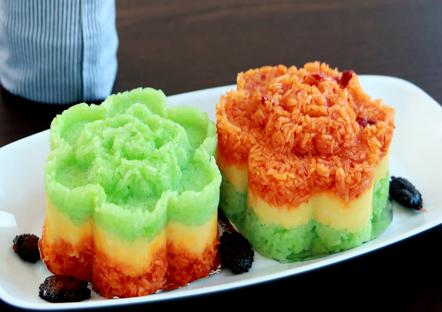
Food expert Võ Quốc, head of Món Ngon Restaurant and Cooking Class, said: “Each region has its own (collection of) xôi dishes. Vegans and vegetarians can enjoy xôi with muối vừng (ground sesame and peanuts) or sugar, while others have a wide range of meat choices, including xôi thịt kho tàu (sticky rice with Chinese braised pork) and xôi with liver pate, sausage, fried eggs, char siu, chickens or roasted pigeons.”
On full moon days, New Year holidays, weddings, death anniversaries and other occasions, xôi is a must-have dish on the feast’s platters.
The ways to make sticky rice depend on the variety, family recipes or individual creativity that housewives bring into play.
However, the most popular method is to soak the glutinous rice in warm water for many hours until it expands; wash and mix the rice with a little salt and other ingredients separately; place them in an autoclave (called chõ in the north and xửng in the south); pour boiling water into the bottom of the autoclave and place it on a pot so that the ingredients are steamed without touching the water.
Later, the sealed autoclave and the pot are placed on a stove and boiled over low heat until the sticky rice is well-cooked and limber.
Now, busy women use electric rice cookers with the steaming function, but the majority preference is for xôi cooked the traditional way.

Most popular
Xôi đậu xanh (green bean sticky rice) is one of the most popular xôi dishes because it can be served with many different ingredients, including meat. Since it is easy to cook, it is a popular choice among housewives as well.
This dish is made by chafing the green beans (mung beans), soaking them in water for around five hours (often left overnight), hulling (or not), mixing them with glutinous rice, and steaming them in an autoclave.
Other popular xôi varieties include xôi xéo (turmeric flavoured sticky rice served with powdered green beans and topped with fried shallots), xôi lạc (sticky rice with peanuts), xôi ngô (stick rice with corn) and xôi đậu đen (sticky rice with black beans).
Another reason for its popularity is that while it is very tasty, it is also healthy, starched but not fatty.
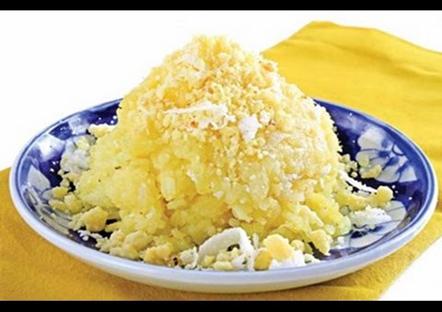
Getting colourful
Xôi ngũ sắc (five-coloured sticky rice) is usually made by several ethnic minority communities, in the northern region.
The five colours of the dish symbolise five elements: yellow is the colour of land; green the colour of wood; red, fire; white, metal; and black, water. These communities have their own secrets, using different herbs and wild vegetables to dye the sticky rice and create these colours.
In the past, xôi ngũ sắc was only served on important occasions like festivals, ceremonies and weddings. It has become a very popular daily dish now, and a marker of the host’s hospitality.
For making the red-coloured sticky rice, the bright red flesh of the ripe gấc (bitter gourd or cochin gourd) fruit is used. This fruit has been traditionally used as both food and medicine in Vietnam.
Turmeric is used to make the yellow sticky rice, lá cẩm (a herb) for purple, the ash of burned ginger leaves for black, and the pandan leaf for green. The glutinous rice is soaked in water mixed with the above ingredients.
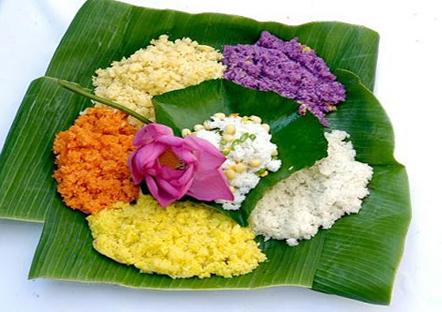
Sticking with chicken
Xôi gà (chicken sticky rice) is particularly liked in the central region. Visitors to Da Nang, Hoi An and Hue also favour this dish because it is delicious and can be packed easily.
The dish is fatty and nutritious. Chicken is boiled with a pinch of turmeric. The chicken broth is then used to cook the glutinous rice, giving the rice its yellow colour and its butter taste.
The boiled chicken is shredded by hand into thin slices and mixed with salt, pepper, sliced onions and Vietnamese mint. The dish is finally topped with scallion oil.
This is a balanced dish, with protein from the chicken, lipid from the chicken broth, starch from glutinous rice and vitamins from herbs and the accompanying salad.
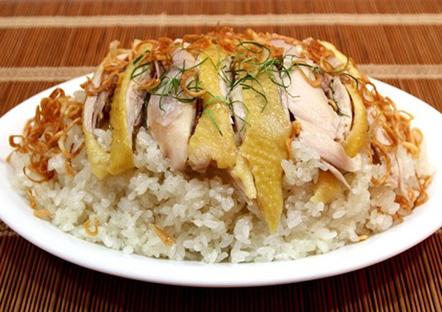
Meaty variety
Xôi mặn is a southern treat, favoured again for its taste, nutritional values and affordable prices.
“Mặn” means salty, literally, but here it means savoury, distinguish it from the several sweet sticky rice recipes.
This is a hearty all-in-one meal with sticky rice and various kinds of meat including lạp sườn (Chinese sausage), shredded chicken, liver pate, char siu, ruốc or chà bông (dried shredded pork/chicken), and dried shrimp.
Nguyễn Hà Ngân, 26, a HCM City resident, said she can eat sticky rice for breakfast, lunch, dinner and as a late-night snack because of its taste and convenience. It’s also cheap, she said. She can fill her stomach with a VNĐ20,000 portion (US$0.9).
“My favourite xôi shop is located on the ground floor of the Bà Chiểu Market which remains open from afternoon until midnight,” she said.
Sticky rice here is served with char siu and roasted chicken which is tender, juicy and flavourful.
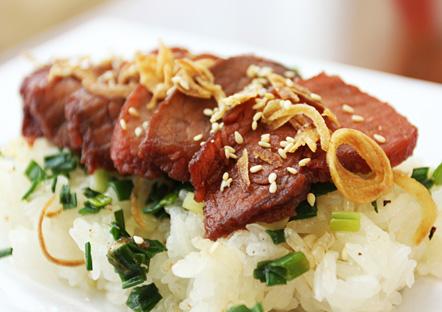
The dish is topped with scallion oil and a special sauce made by the seller herself from juice extracted during the process of roasting the chicken. This particular secret recipe involves a special way of mixing it with green chilli slices.
Although styrofoam boxes and plastic is used to pack xoi now, most of the individual sellers, in the morning, in particular, offer the choice of getting your xôi fix in a banana leaf, which adds an extra flavour to the dish. — VNS
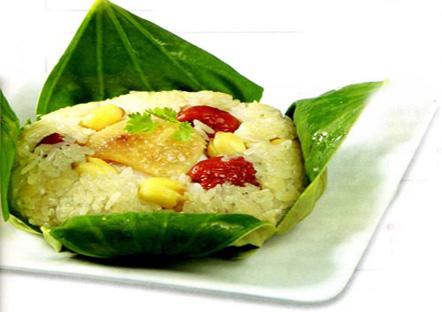
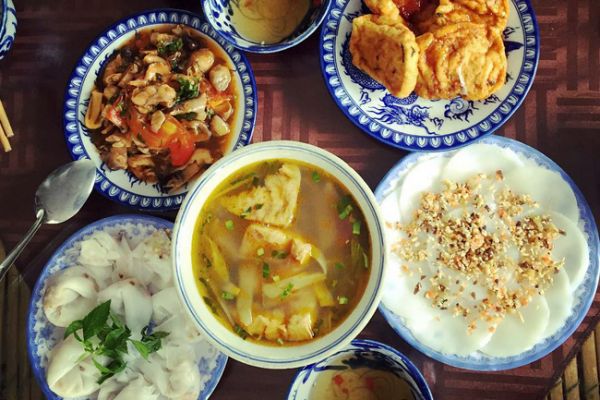
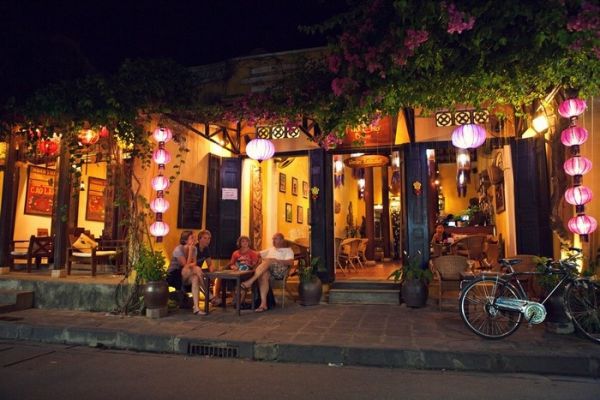
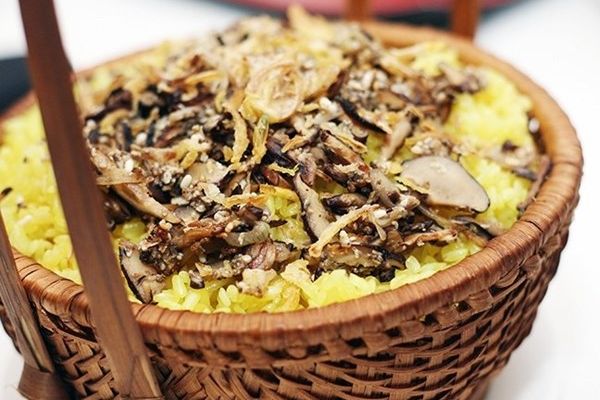
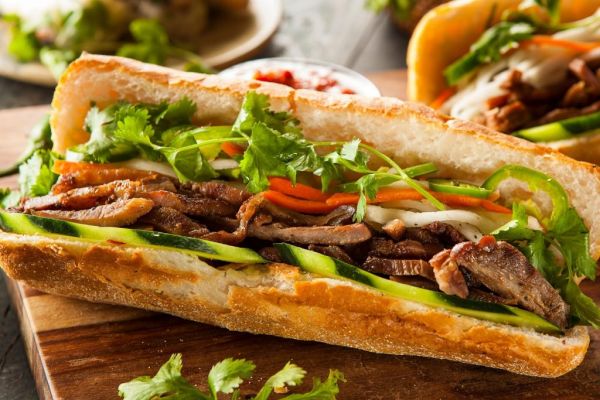
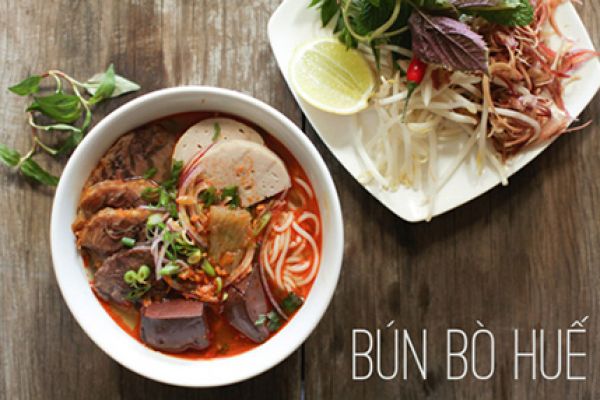

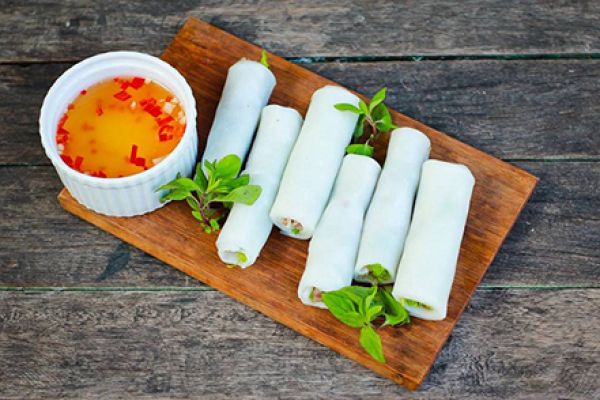
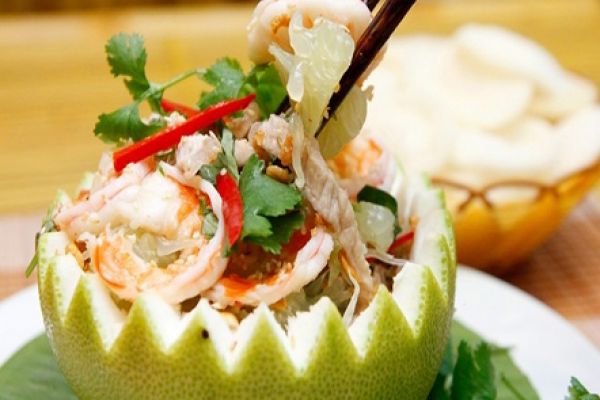
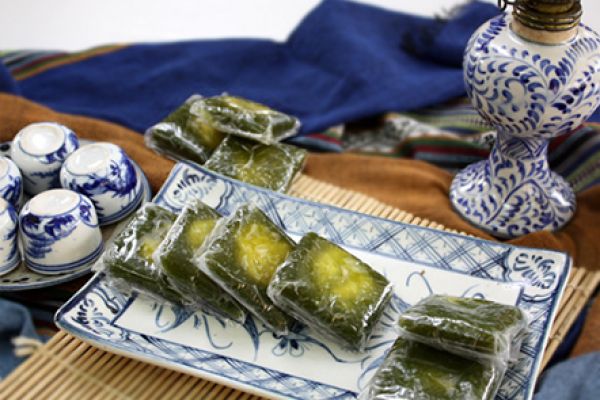
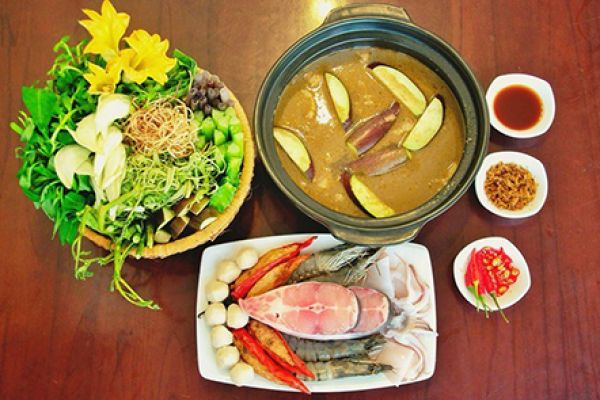
(84-63) 3 826042 – (84-63) 3 511142
No 54 Nguyen Dinh Chieu, Ham Tien Central Mui Ne Beach Binh Thuan Vietnam
523 To Hien Thanh District 10 Ho Chi Minh City Vietnam
Ha Long Halong City Quang Ninh Vietnam
A13 Hung Thong 2 Halong City Quang Ninh Vietnam




